Blog
Jewellok is a professional pressure regulator and valve manufacturer and supplier.
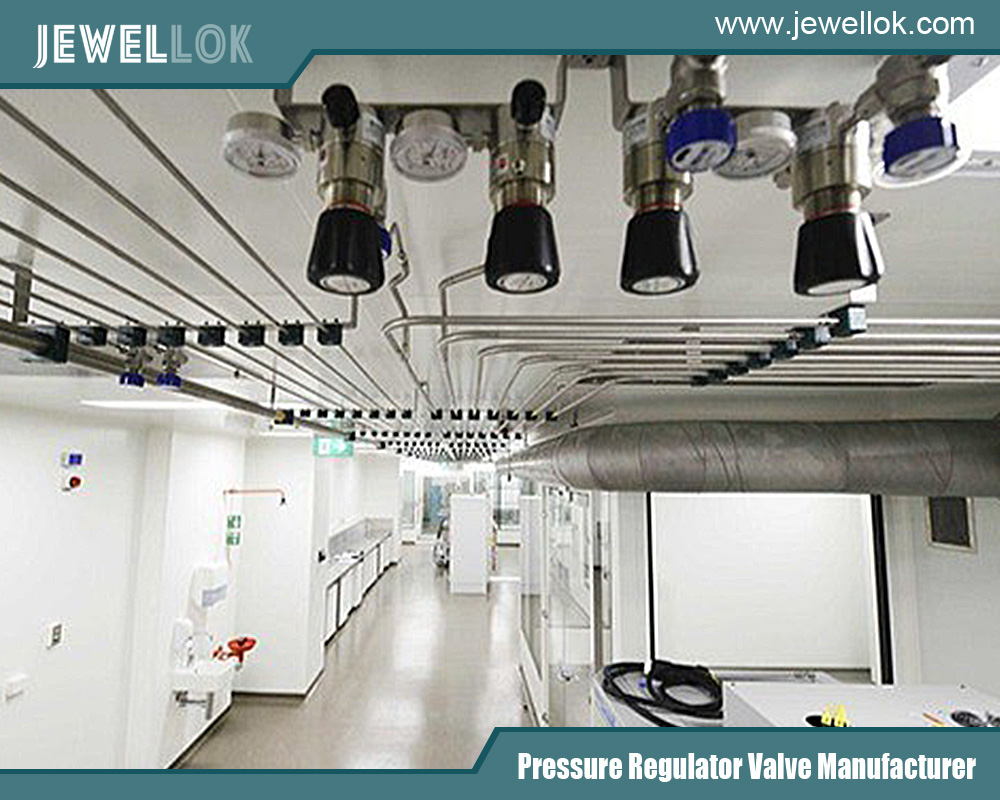
High Purity Gas Valve For Natural Gas Distributor In CNG And LNG Systems
- Pressure Regulator Valve Manufacturer
- China High purity gas valves manufacturers, CNG (Natural Gas) Low Pressure Control Valve, CNG Delivery Pipeless Natural Gas Delivery, CNG gas valve, CNG Valve High pressure and high flow, high purity gas valve, High purity gas valves manufacturers, High purity gas valves manufacturers China, High-Pressure 5000 psi CNG Solenoid Valve, Industrial Filling CNG Valve, LNG and Gas Distribution, lng gas valve, Natural Gas Systems Engineering, Natural-gas distributor for CNG and LNG systems, Ultra High Purity Gas Valves, Ultra high purity gas valves china, ultra high purity gas valves malaysia, Ultra high purity gas valves manufacturer, ultra high purity gas valves thailand, Valve Solutions for LNG Industry
- No Comments
High Purity Gas Valve For Natural Gas Distributor In CNG And LNG Systems
Natural gas is a cornerstone of the global energy landscape, valued for its efficiency and relatively low environmental impact compared to other fossil fuels. Its distribution in forms such as Compressed Natural Gas (CNG) and Liquefied Natural Gas (LNG) has revolutionized how this resource is stored, transported, and utilized. However, the success of these systems depends heavily on maintaining the purity of the gas throughout the distribution process. High purity gas valves are critical components in this infrastructure, ensuring that natural gas remains uncontaminated, thereby safeguarding the efficiency, safety, and environmental integrity of CNG and LNG systems. This article explores the role of high purity gas valves, their importance, features, applications, challenges, and future trends in the context of natural gas distribution.

Introduction to CNG and LNG Systems
Compressed Natural Gas (CNG) and Liquefied Natural Gas (LNG) are two primary methods for preparing natural gas for practical use. CNG involves compressing natural gas to high pressures, typically between 200 and 250 bar, reducing its volume to less than 1% of its size at standard atmospheric conditions. This compression makes CNG an ideal fuel for vehicles like buses, trucks, and even some passenger cars, as well as for small-scale industrial applications. LNG, conversely, is natural gas cooled to approximately -162°C, transforming it into a liquid that occupies about 1/600th the volume of its gaseous state. This significant reduction in volume makes LNG suitable for long-distance transportation, often via ships, and for large-scale storage.
Both CNG and LNG are cleaner-burning alternatives to traditional fossil fuels such as coal and oil, producing fewer greenhouse gases and pollutants. As global efforts intensify to reduce carbon emissions, the demand for natural gas in its compressed and liquefied forms is poised to grow. Distributing these gases, however, requires complex systems to ensure safe and efficient delivery to end-users.
In CNG systems, natural gas is compressed at refueling stations, stored in high-pressure tanks, and dispensed into vehicles. LNG systems involve liquefaction plants where the gas is cooled, storage tanks to hold the liquid, and regasification units to convert it back to gas for use. Each stage demands precise control and monitoring to maintain the gas’s quality, making valves indispensable in managing the flow and integrity of the gas.
Importance of High Purity in Natural Gas
The purity of natural gas is paramount for several reasons. Impurities can disrupt the combustion process, leading to incomplete burning and reduced energy efficiency, which wastes resources and increases costs. Contaminants such as hydrogen sulfide (H2S), carbon dioxide (CO2), or water vapor can also corrode equipment like pipelines and storage tanks, shortening their lifespan. Moreover, natural gas must comply with strict regulatory standards to ensure safety and minimize environmental impact. Impurities can result in harmful emissions or create hazards like hydrate formation, which can block pipelines.
In CNG and LNG systems, maintaining purity is even more critical due to the extreme conditions involved. For CNG, high pressures amplify the risks posed by impurities, potentially leading to equipment failure or safety incidents. In LNG systems, impurities can freeze at cryogenic temperatures, causing blockages or damage to components like valves and pumps. Thus, high purity is essential not only for optimizing performance but also for ensuring the reliability and safety of the entire distribution network.
Common contaminants in natural gas include:
Water vapor: Leads to hydrate formation and corrosion.
Sulfur compounds: Toxic and corrosive, damaging equipment and posing health risks.
Particulates: Clog filters and valves, reducing system efficiency.
Removing these impurities requires advanced processing, and the equipment used—especially valves—must prevent the introduction of additional contaminants.
Role of Valves in Gas Distribution Systems
Valves are essential components in gas distribution systems, controlling the flow of gas, regulating pressure, and providing isolation points for maintenance or emergencies. In CNG and LNG systems, they face unique challenges due to the extreme operating conditions.
In CNG systems, valves must endure high pressures without leaking or failing. A malfunction in a high-pressure environment could lead to severe consequences, such as explosions or fires. In LNG systems, valves operate at cryogenic temperatures, which can make standard materials brittle and seals prone to failure. Beyond these physical demands, valves in both systems must maintain gas purity by avoiding the introduction of contaminants like lubricants, metal particles, or other impurities.
Traditional valves may use lubricants that contaminate the gas or have designs with dead spaces where gas can stagnate, allowing impurities to accumulate. High purity gas valves are engineered to overcome these issues, using materials and designs that ensure compatibility with natural gas and minimize contamination risks.
Features of High Purity Gas Valves
High purity gas valves are designed with specific features to preserve gas quality:
Material Selection: Typically constructed from stainless steel or other corrosion-resistant alloys, these valves resist reactions with natural gas or its impurities. For LNG applications, materials must also retain strength at cryogenic temperatures.
Design for Cleanliness: The internal structure minimizes dead spaces where gas could trap impurities. Smooth, polished surfaces reduce particle generation and facilitate cleaning.
Sealing Technologies: Seals and gaskets are made from inert materials like PTFE or other fluoropolymers, which do not degrade or leach into the gas and are compatible with operating conditions.
Lubrication: If required, lubricants are non-contaminating and tailored to the application.
Testing and Certification: These valves undergo rigorous testing to meet industry standards for purity and performance, often earning certifications from recognized bodies.
These features ensure that high purity gas valves maintain gas integrity throughout the distribution process.
Applications in CNG and LNG Systems
High purity gas valves are deployed across CNG and LNG distribution networks:
CNG Systems:
Compressor Stations: Valves manage gas flow into and out of compressors, ensuring proper pressure without contamination.
Storage Tanks: They control the filling and emptying of high-pressure tanks, preserving gas purity.
Dispensers: At refueling stations, valves regulate CNG flow into vehicles, delivering clean gas at the correct pressure.
LNG Systems:
Liquefaction Plants: Valves oversee gas flow during cooling, preventing impurity freezing.
Storage Tanks: They handle LNG transfer, maintaining purity in storage.
Regasification Units: Valves regulate flow as LNG reverts to gas, ensuring quality during the phase change.
For example, in a CNG refueling station, a high purity valve in the dispenser ensures that gas entering a vehicle’s tank is free of impurities that could harm the engine. In an LNG storage facility, these valves prevent contamination during liquid gas transfer, averting operational or safety issues.
Challenges and Solutions
Maintaining gas purity in CNG and LNG systems poses challenges:
Corrosion and Wear: High pressures and low temperatures accelerate corrosion and wear, potentially releasing contaminants like metal particles.
Seal Integrity: Seals must remain effective over time, especially in cryogenic conditions, to prevent leaks or contamination.
Maintenance: Regular upkeep is vital but must avoid introducing impurities.
High purity gas valves address these through:
Corrosion-Resistant Materials: Stainless steel and similar alloys reduce particle generation.
Advanced Seals: Specialized materials ensure long-term performance.
Maintenance-Friendly Design: Features allow easy cleaning without contamination risks.
Regular monitoring and testing further enhance reliability by identifying issues early.
Future Trends and Developments
As natural gas demand rises, innovations in high purity gas valves are emerging:
Advanced Materials: New polymers or composites could yield lighter, more durable, and contamination-resistant valves.
Smart Valves: Sensors and IoT integration enable real-time monitoring, supporting predictive maintenance.
Sustainability: Eco-friendly materials and energy-efficient designs align with global sustainability goals.
Standardization: Industry growth may drive uniform valve standards, enhancing reliability.
These trends will bolster the effectiveness of high purity gas valves, supporting cleaner energy distribution.
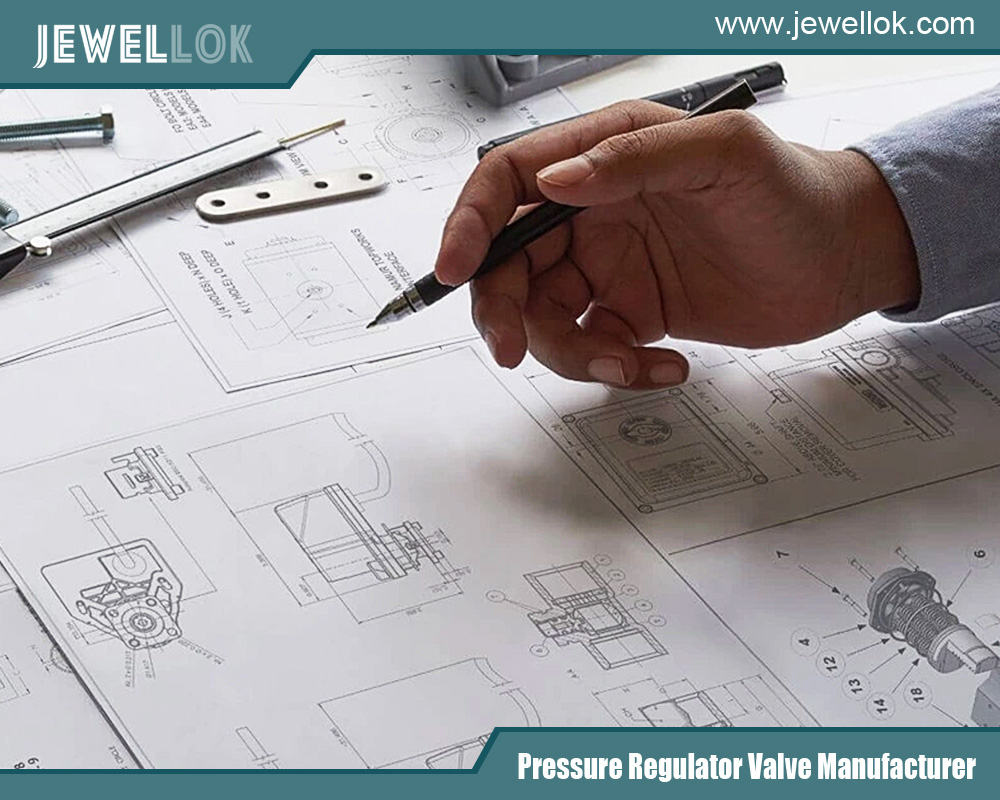
Conclusion
High purity gas valves are vital to the safe, efficient, and environmentally sound distribution of natural gas in CNG and LNG systems. By preventing contamination, they ensure system performance and compliance with regulatory standards. As natural gas plays an increasingly prominent role in the energy transition, these valves will remain essential. Investing in high-quality designs and embracing emerging technologies will enable distributors to meet future challenges, delivering this critical resource reliably to a world seeking sustainable energy solutions.
For more about high purity gas valve for natural gas distributor in CNG and LNG systems, you can pay a visit to Jewellok at https://www.jewellok.com/cng-lng/ for more info.
Recent Posts
Tags
Recommended Products
-
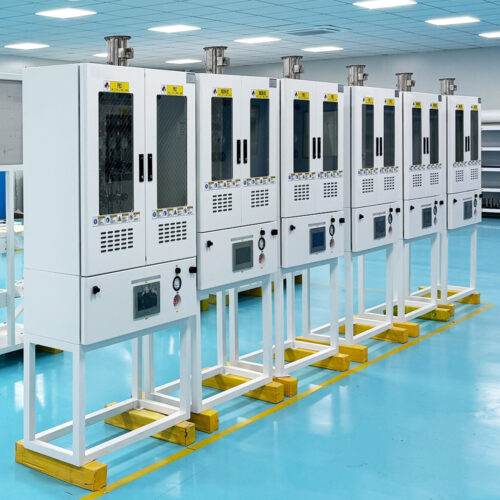
VMB Valve Manifold Panels And Boxes High Purity Configurable Systems JW-200-VMB & JW-100-VMB
-
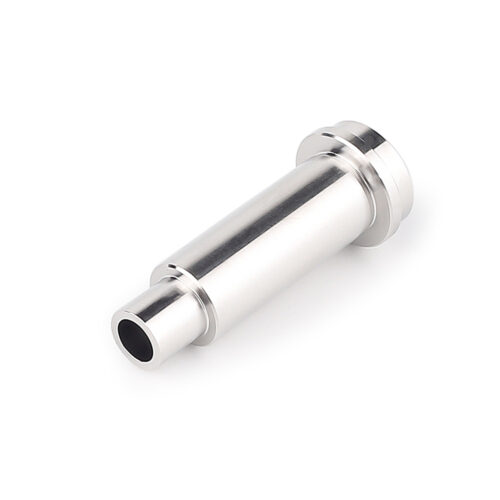
UHP Metal Gasket Face Seal Fittings Vacuum Coupling Metal Face Seal Join Long Gland And Short Gland
-
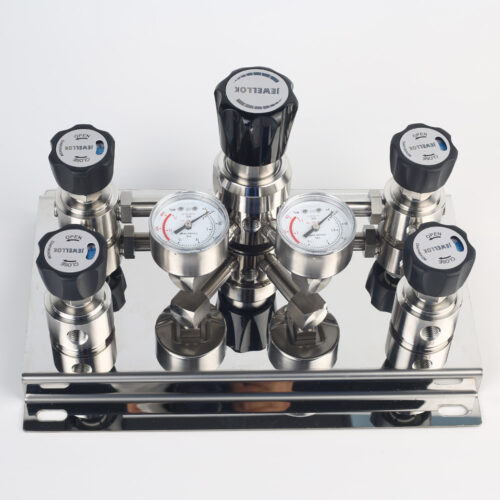
Single Stage Wall And Cabinet Mounting Pressure Control Panels JSP-2E Series For High Purity Gases
-
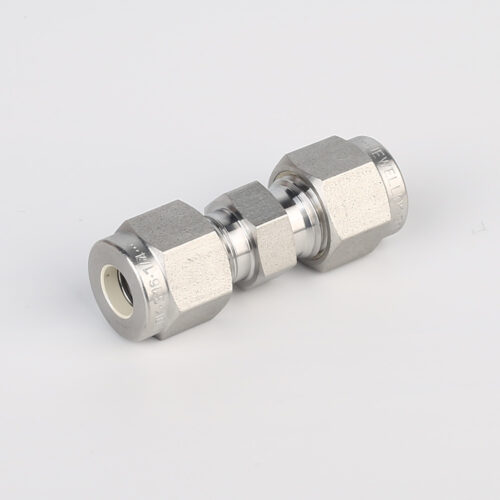
762L Stainless Steel High Purity Union High-Purity Gas System Fittings
-
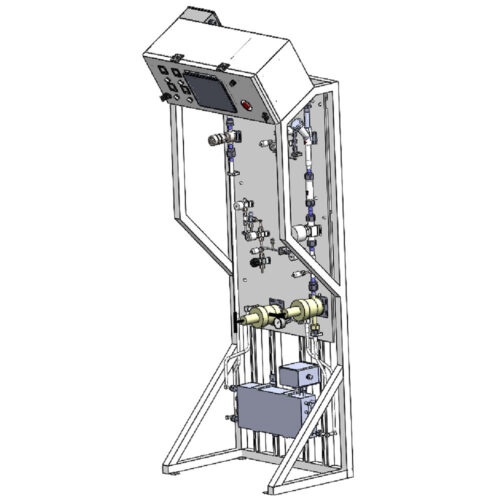
Fully Automated Gas Cabinet Gas Rack Gas Delivery Systems JW-300-GR
-
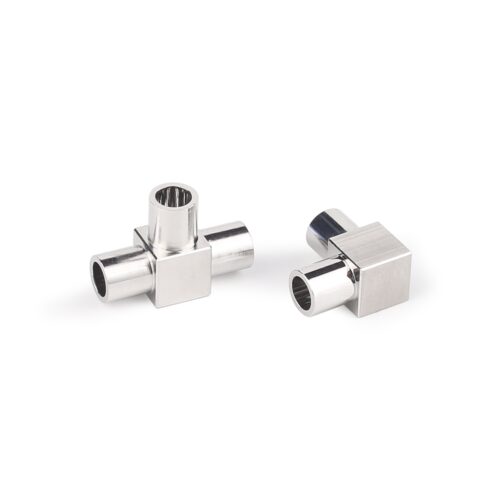
Stainless Steel Mini Elbow Mini Tee Mini Cross Mini Tribow Ultrahigh Purity Mini Butt Weld Fittings
-
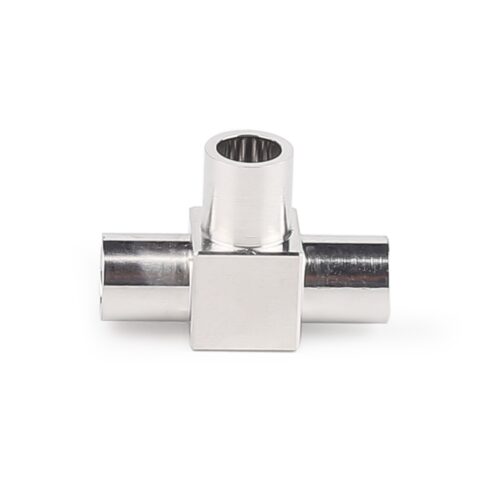
Stainless Steel Ultra High Purity Mini Butt Weld Mini Tee Reducer MTRW Series Fittings
-
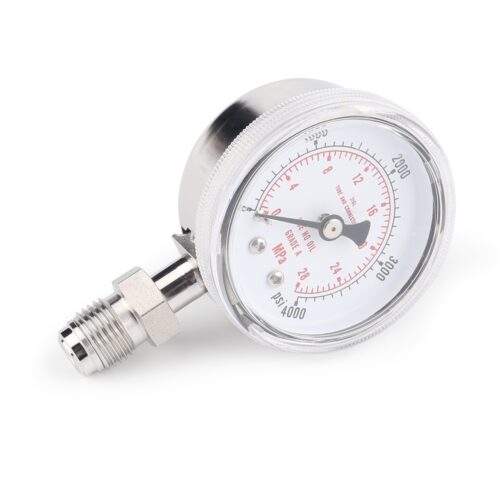
Ultra High Purity Oxygen Pressure Gauge For Semiconductor Gases JG Series Pressure Instruments For Semiconductor Manufacturing